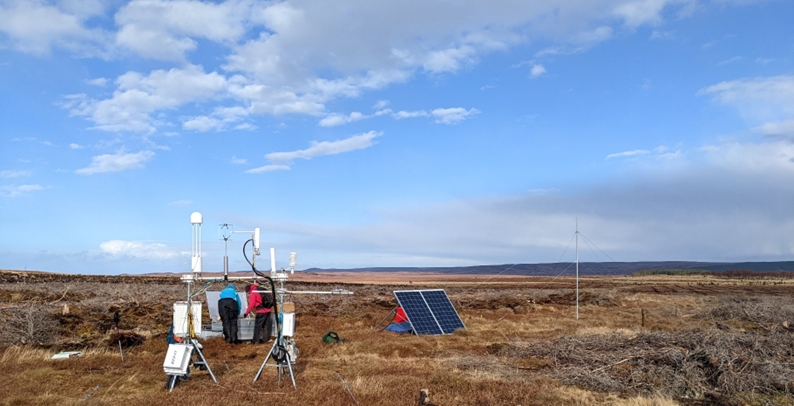Scottish Green House Gas Flux Network

In 2013 The James Hutton Institute began measurements at the Lonielist site, Forsinard RSPB Reserve, Flow Country, Caithness & Sutherland) and subsequently has installed a further 9 towers across Scotland. Three new eddy-covariance based stations will also be deployed on grasslands on peat, and an auto-chamber system will be installed either at the Glensaugh Climate Positive Research Farm or on a floodplain in the Dee catchment. The main focus of the GHG monitoring network is on Scottish peatlands because of their key potential role in mitigating climate change, maintaining biodiversity and managing water resources when in good ecological condition.
The site network is designed to fill important evidence gaps in our understanding of Scottish land use impacts on emissions, and forms an important part of the UK-wide network of sites that contribute to the continued development and revision of emission factors in the UK GHG Inventory. The network also feeds directly into the training and validation of models that could facilitate future reporting of emissions and more refined international land surface modelling efforts, e.g., the peatland specific implementation in the UK land surface model known as JULES; a component of the UK Earth Systems Model (UKESM) which contributes to international efforts to understand future feedbacks on global climate.
